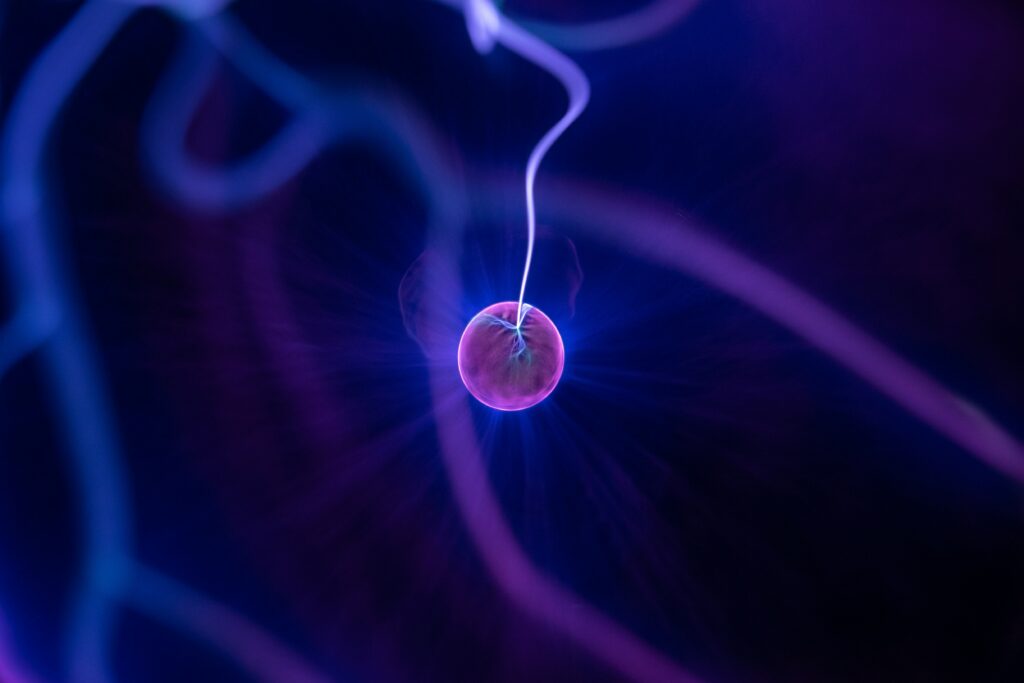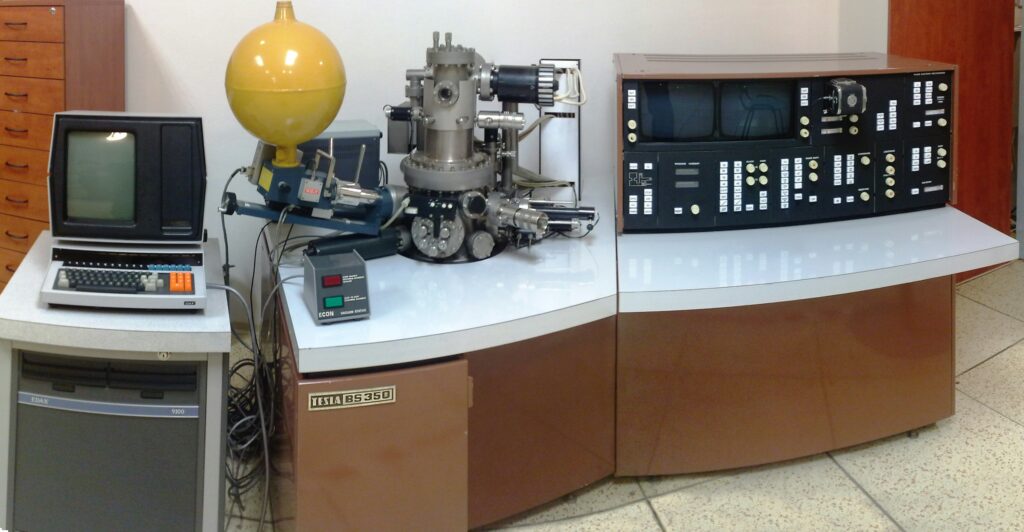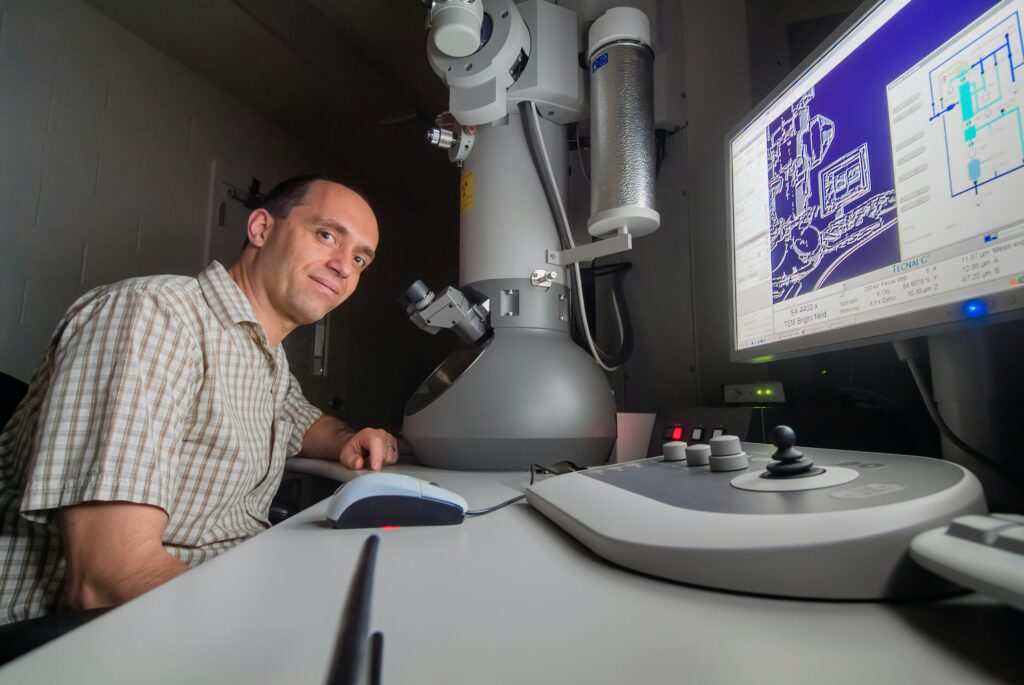Tesla’s remarkable success in the automotive industry is largely due to its innovative use of contemporary technology. Since its founding in 2003, Tesla has consistently pushed the boundaries of what electric vehicles (EVs) and clean energy can achieve, making technological advancements essential to its success. In addition to revolutionizing the EV market, its strategy has elevated the bar for energy and motor techniques. Below, we dissect the main technological tenets supporting Tesla’s ascent to fame and look at how each has aided the company’s continued success.

Electric Powertrain Innovation
Tesla’s electric powertrain expertise is one of the most important factors that have contributed to its success. Tesla tackled the issue in a different way than other suppliers, which have usually altered current combustion engine models to create electric variants. From the beginning, Tesla made all of their cars electric, making every part of their design as efficient as possible, from the battery to the motor. Thanks to the company’s proprietary electric motor, which is more efficient, compact, and potent than those of its rivals, Tesla vehicles can achieve greater performance and range than the majority of their rivals.
Engine technology has brought about a revolution in the industry. For instance, due to their unique electrical engines and battery packs, Tesla’s Model S and Model 3 have a range that other electric cars can not match.
Battery Technology and Gigafactories
The science of batteries is another essential component of Tesla’s success. The company’s ability to manufacture high-capacity lithium-ion batteries at a reasonable cost has allowed it to keep a significant advantage over competitors. Tesla’s Gigafactories, massive production plants built to produce batteries on a large scale, are crucial to achieving this. These facilities help Tesla satisfy the increasing demand for its cars while also lowering the cost of producing batteries.
Due to its work with Panasonic and the generation of its battery cells, Tesla is now able to manufacture batteries that are denser, more effective, and last longer than those of the majority of its rivals. Tesla is able to provide some of the longest ranges in the field of electric vehicles because of this battery innovation.
Autonomous Driving Technology
In the automotive industry, one of the most talked-about technologies is Tesla’s sophisticated Autopilot driver-assistance system. By helping with steering, navigation, and traffic-aware cruise control, autopilot makes driving safer and more effective. Tesla’s use of machine learning and artificial intelligence (AI) to continually improve this system has been a significant factor in attracting customers. Unlike most automakers that use lidar technology, Tesla has opted to use a camera-based system for its self-driving technology, supported by a network of sensors and powerful AI-driven software.
- Camera-Based System Over Lidar: Tesla’s autonomous driving system uses a camera-based vision system rather than lidar, which is in contrast to many of its rivals. This choice enables a more scalable and economical system that uses an AI-powered network of sensed objects to understand real-world circumstances in an instant.
- Full Self-Driving (FSD) and Autopilot: While Tesla’s Full Self-Driving (FSD) pack adds sophisticated features like autonomous lane changes, street navigation, & traffic signal recognition, Autopilot helps with more fundamental functions like lane-keeping and traffic-aware acceleration. As Tesla strives toward completely autonomous cars, FSD keeps being upgraded with fresh functionality.
- In-House AI Chip (Dojo): Dojo, which is, Tesla’s own AI processor, was created to analyze massive volumes of driving data and speed up machine learning. Compared to using external computers, Tesla can train its autonomous driving algorithms more quickly and effectively because of this specialized technology.
Over-the-Air Software Updates
Additionally, Tesla has altered the upkeep and updating of automotive software. Over-the-air (OTA) software upgrades enable Tesla to make repairs and enhancements to customers’ cars without them having to come to the dealership. Prior to Tesla, the auto sector was averse to this ability, so typical that it lives in our mobile phones and several other buyer gadgets. Through OTA updates, Tesla may improve car performance, add new features, increase range, and even remotely address possible hazards.
There are two primary advantages to this strategy. Customers might wake up to a car that feels “upgraded” overnight, which, in the first place, greatly improves the user experience. Second, without having to produce new models, it enables Tesla to enhance and develop current goods. By enhancing Pilot abilities via OTA stories, Tesla might get closer to total control without forcing buyers to purchase a new car.
In-House Software Development and Vertical Integration
Another factor contributing to Tesla’s success is its strategy for vertical integration, especially in the development of software. The majority of Tesla’s internet, notably the software for its multimedia system, battery management, and vehicle operating systems, is developed internally, in contrast to traditional OEMs who frequently depend on outside suppliers. Owning an extensive technological stack enables Tesla to maximize hardware and software equality, enabling a smooth user experience that is difficult for several rivals to match.

Vertical integration also has an impact on other industries, including AI chip development, autopilot software, and battery manufacturing. For example, Tesla developed an artificial intelligence (AI) chip to handle the processing demands of its self-driving software, reducing the burden it places on external vendors such as NVIDIA. this level of power.
- Control Over Software and Hardware: Tesla develops most of its vehicle software in-house, including the operating system, battery management, and infotainment systems. This enables seamless integration between software and hardware, optimizing performance and allowing for rapid, unified updates.
- Customized AI Chip for Autonomy: Tesla designed its own AI chip to power its autonomous driving features, reducing dependency on external suppliers. This in-house approach allows Tesla to optimize chip performance for real-time data processing, enhancing the capabilities of its Full Self-Driving technology.
- Efficient Production and Cost Reduction: By vertically integrating key aspects of production, such as battery manufacturing at Gigafactories and software development, Tesla reduces costs and improves efficiency. This approach not only accelerates production but also helps Tesla respond swiftly to new market demands and technology advancements.
Charging Infrastructure and Supercharger Network
Tesla’s exclusive network of superchargers was another important component of the company’s success. Access to quick and easy charging choices comprises one of the biggest issues confronting EV owners, particularly when traveling long distances. Tesla’s Supercharger system, which provides a robust and vast network of fast chargers, solves this issue. This network is now among the most comprehensive and effective charging infrastructures in the world because of significant investments made by Tesla to develop it globally.

Tesla makes it simpler for individuals to select Tesla over competing EV brands by establishing an open charge environment that guarantees access to exclusive charging stations. The high-speed capabilities and well-located Charger network offer Tesla owners an exceptional deal and facilitate the ownership process of electric vehicles.
Energy Solutions and Solar Technology
With its power solutions, Tesla aims to promote clean power in addition to automotive technology. As a service of their larger plan to incorporate energy from the sun into daily life, Tesla acquired SolarCity in July 2016. Tesla now sells solar panels as well as the Solar Roof, a device that easily integrates a solar energy system onto conventional roofs. When paired with Tesla’s Powerwall, this technology allows homes to produce pure power and store energy for usage at night during outages.
Tesla’s plan to establish a sustainable fuel setting includes its energy products. Tesla has established itself as a pioneer in clean energy technologies as well as transport by fusing solar energy, energy storage, and electric vehicles. Customers who care about the environment are drawn to this comprehensive approach.
Artificial Intelligence and Machine Learning
Many of Tesla’s technologies, particularly those related to autonomous driving and predictive maintenance, are based on artificial intelligence (AI) and machine learning. With the help of enormous volumes of data from Tesla’s fleet, the AI team at Tesla is in charge of creating the neural networks that drive its FSD system, which enhances the car’s comprehension of actual driving circumstances. By using a data-driven strategy, Tesla’s AI models can learn and advance over time, maintaining the company’s leadership in autonomous driving technology.
Dojo, Tesla’s in-house supercomputer, was created especially to train AI models more quickly and effectively. Dojo allows Tesla to evaluate data from millions of kilometers driven, which speeds up the development of autonomous features. The company’s significant venture in artificial intelligence enhances its FSD capabilities as well.

